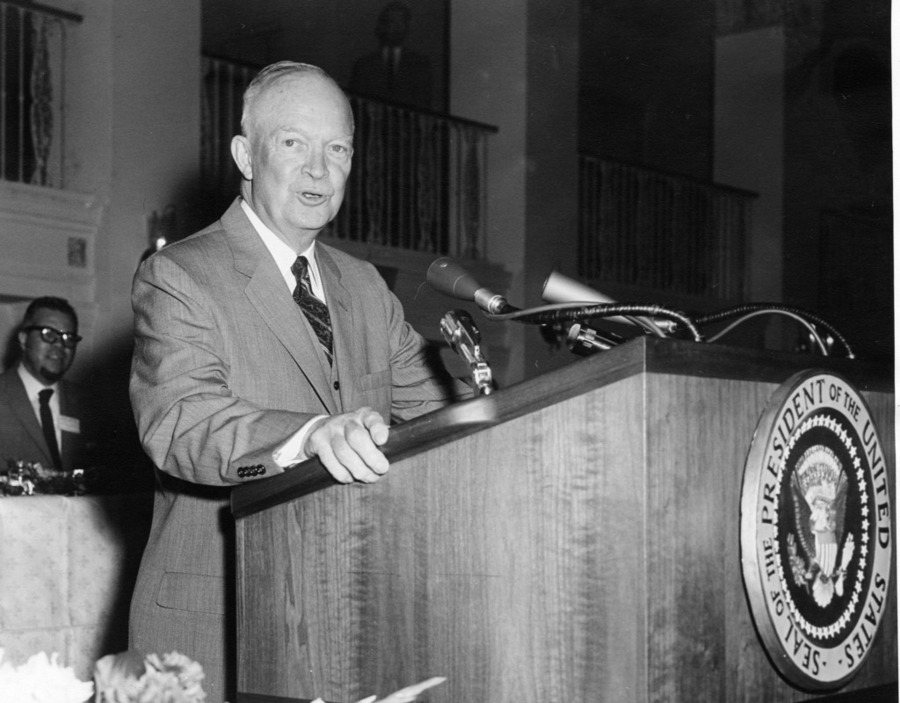Thoughtful Essay on Drones, Privacy and Domestic Regulation . . .
. . . by Ryan Calo over at Concurring Opinions:
For many, the word “drone” brings to mind an image of the military-grade Predator. The folks within the DYI Drones movement, however, and most local law enforcement, are more likely to be building or using a quadrocopter. These devices are light, generally battery-powered, and capable of somewhere between ten and forty five minutes of flight time.
Published by The Lawfare Institute
in Cooperation With

. . . by Ryan Calo over at Concurring Opinions:
For many, the word “drone” brings to mind an image of the military-grade Predator. The folks within the DYI Drones movement, however, and most local law enforcement, are more likely to be building or using a quadrocopter. These devices are light, generally battery-powered, and capable of somewhere between ten and forty five minutes of flight time. Obviously “unmanned aircraft systems,” as Federal Aviation Administration regulations refer to them, are quite varied. But I think three aspects are essential, mostly to distinguish drones from other technologies. The first is that they fly; the second is that they have the ability to sense the world around them; and the third is that they are capable of some small level of operational autonomy. Thus, the app-enabled Parrot AR Drone counts, whereas a driverless car or remote control plane with a camera does not. The greatest privacy concern with drones, however we define them, seems to be that they will significantly drive down the costs of routine aerial surveillance, which will lead to more of it. I was a guest on NPR’s Talk of the Nation this week and a caller—apparently a municipal official charged with the enforcement of building code violations—suggested as much. He said he would be more likely to look for minor infractions if he had access to a drone. The other guest, from the law enforcement community, referred several times to the relatively low cost of operating a drone—$25 an hour was the figure he cited. Drones, the argument runs, will make massive surveillance too easy. Street cameras are reasonably inexpensive as well. But drones are mobile, and may come equipped with the capability to do more than record video and audio. Drones could detect if people are armed, for instance, pinpoint and even intercept electronic communications, generate thermal images, or detect chemical signatures such as that given off by marijuana. It could be prohibitively expensive to put each of these sensors on every street corner, but not necessarily to fly one or two sets of them around a city. I should note that few unmanned aerial systems have these capabilities today, but some do, and the Department of Homeland Security is apparently looking into acquiring more. Were privacy laws stronger in the United States, we might not worry so much about greater surveillance capacity. But very little in the way of privacy law limits the domestic use of drones.
Benjamin Wittes is editor in chief of Lawfare and a Senior Fellow in Governance Studies at the Brookings Institution. He is the author of several books.





